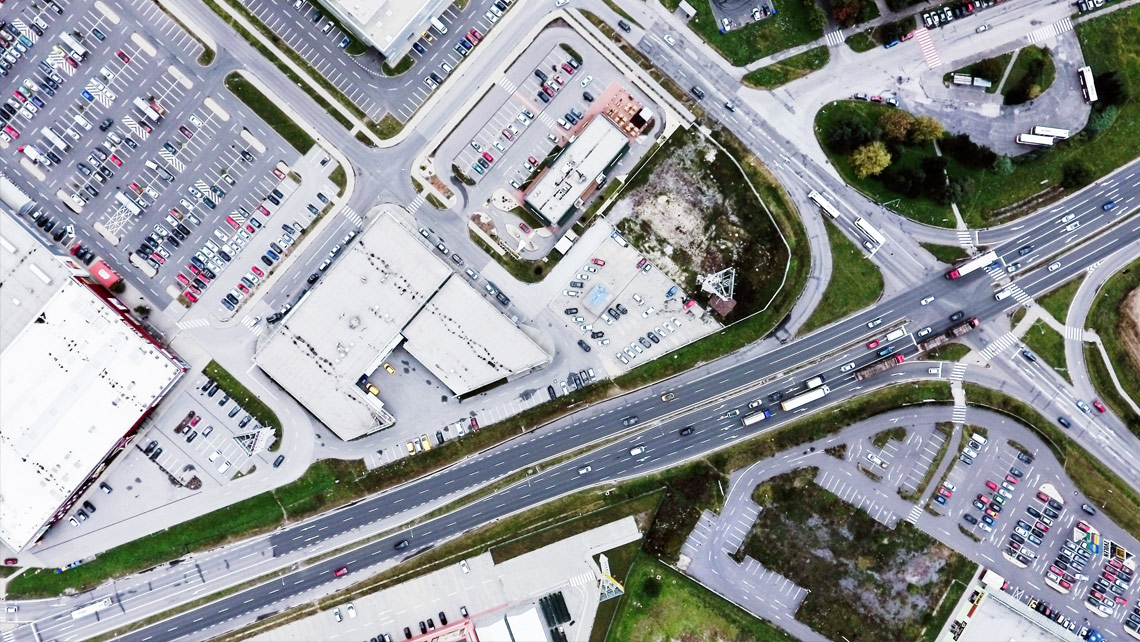“There’s a driver shortage caused by older drivers reaching retirement age and the fact that truck driving is no longer viewed as an attractive career option by young people,” says Wido Waelput, Senior Vice President of the commercial organization at Kemira in the EMEA region. “It is also more challenging to get trucks when needed, and this is an increasing problem for transporters and manufacturers across Europe, at all stages of the supply chain. On-time delivery used to be a given, but now it can no longer be always guaranteed at reasonable cost.”
Transportation costs are a major element of chemical prices. Cost pressures in the industry have been increasing with the reduced availability of drivers, rising raw material costs, as well as increased regulation overall. “For a large customer buying around 30,000 tons of product, transport costs alone can account between €1 million and €1.5 million of the total price, depending on distance,” Wido points out. “If we can reduce this by even 5% we will achieve huge savings. We want to identify how to achieve these improvements by working together with our customers and suppliers.”
Full loads and standardized packaging cut costs
“One way to mitigate costs is to aim for full truck loads: by increasing minimum order quantities to as close to a full load as possible, we can reduce the number of trucks on the road and decrease the relative cost of transportation. This is an environment-friendly approach, too,” says Wido. “Standardized packaging can help as well, by improving loading efficiency for transportation. This is an area where we have to collaborate with customers to work out the optimal packaging type.”
“Unloading times also need to be respected: trucks typically only have two hours to unload from when they get to a customer site. If this takes longer, a demurrage cost needs to be charged,” Wido points out.
The better we can anticipate orders, the better we can keep costs under control.
Don’t make just in time just too late
To keep costs down, avoid urgent deliveries; these can get very expensive and sometimes transport isn’t available at all because of the lack of suitable truck capacity. “Because of the current capacity challenges in the logistics industry, if we have a lot of sudden rush orders we need to go to the spot market to arrange transportation, which is a lot more expensive. The better we can anticipate orders, the better we can keep costs under control,” Wido explains. “Our preference is to partner with logistics vendors to help keep costs to a minimum; this also helps us to negotiate lower prices for our customers.”
“While the Japanese just-in-time model is still a good methodology, materials aren’t always available and traffic volumes mean that often ‘just in time’ is actually too late. This is where better delivery planning can really pay off,” Wido points out. “Avoiding deliveries under holiday periods means transport is cheaper and the roads are less busy. In areas where there are high traffic volumes, companies can start working around peak traffic hours to keep costs down – avoiding weekends where costs are exponentially high. Flexibility on delivery times can be a big factor in minimizing costs,” he explains.
Smart solutions for more efficient inventories
On-site warehousing or larger tanks can help customers avoid frequent deliveries of small quantities or expensive ad-hoc emergency deliveries. Utilizing innovative digital services can help improve efficiency, too. “We offer digital technologies that support efficient planning for bulk deliveries, like the Kemira KemConnect™ VMI for smart chemical stock management,” says Wido. “This helps us understand when customers need materials – taking the surprise element out of orders. What’s more, performance-based contracts and a total cost of ownership approach will add greater value overall for customers than looking strictly at the cheapest price of chemicals per volume.”

